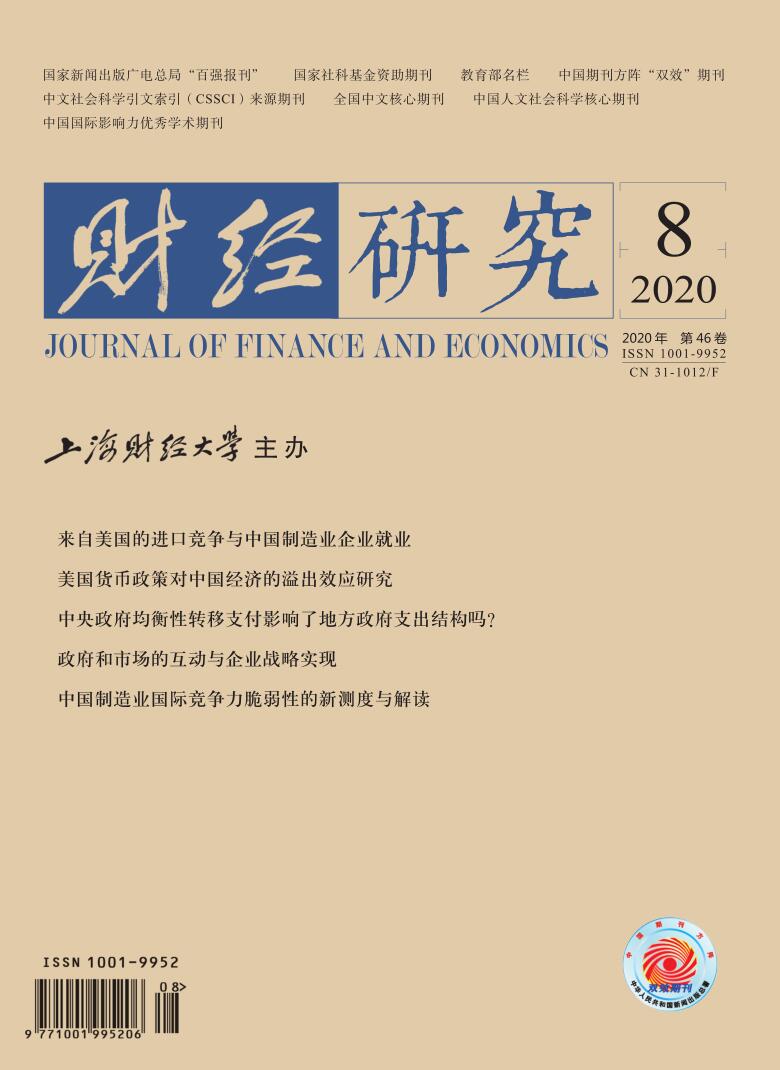Under the influence of trade disputes between China and the US and the spread of COVID-19 epidemic, the turmoil in the global economy will inevitably shake the stability of the international competitiveness of Chinese manufacturing industry. Especially when firms’ boundaries have spanned national boundaries and become the core subject of measuring a country’s industrial international competitiveness, the stability of the competitiveness of indigeous firms will directly determine the resilience of the Chinese manufacturing industry shocked by the epidemic.
Based on the above, this paper focuses on the comparative advantages of the “industrial country” dimension and the core assets of the “indigenous firm” dimension, and defines the international competitiveness vulnerability of Chinese manufacturing industry as that the international competitiveness of foreign invested firms is statistically significantly higher than that of indigenous firms. Clarifying the transmission mechanism of industrial international competitiveness based on firms, this paper innovatively constructs the “double-dimension and three-level” evaluation system on international competitiveness vulnerability, with 84,482 Chinese manufacturing firms from 2000 to 2013 as the sample, to locate the fragile links and analyze the causes.
The findings indicate that the international competitiveness vulnerability of Chinese manufacturing industry mainly exists in the competitiveness essence and performance level of high-tech industry, while the vulnerability in the competitiveness performance level of medium- and low-tech industry is gradually alleviated, and also in a stable state in the essence and result level. In the high-tech industry, the improvement of Chinese industry upstreamness and the enhancement of foreign MNCs’ control on R&D are the reasons for the vulnerability of the competitiveness essence and performance. The increase in industry upstreamness will also make indigenous firms face potential risks in competitiveness result. In medium- and low-tech industry, foreign MNCs’ advantages in marketing and global resource integration are the reasons for the vulnerability of competitiveness performance. The industry upstreamness consolidates the advantage of indigenous firms’ competitiveness essence, but also weakens the advantage of competitiveness result.
The academic value of this paper is mainly reflected in three aspects. Firstly, it enriches the theoretical connotation of industrial international competitiveness research, tests the practice of international trade theory evolution in China, and deeply analyzes the composition of industrial international competitiveness from the internal structure. Secondly, it assesses the international competitiveness based on the perspective of value-added and a large number of firm data. Thirdly, it locates the links and digs the causes of competitiveness vulnerabilities, helping to discover the shortcomings of Chinese manufacturing industry and accordingly formulate strategies to enhance international competitiveness.






 4363
4363  5683
5683

